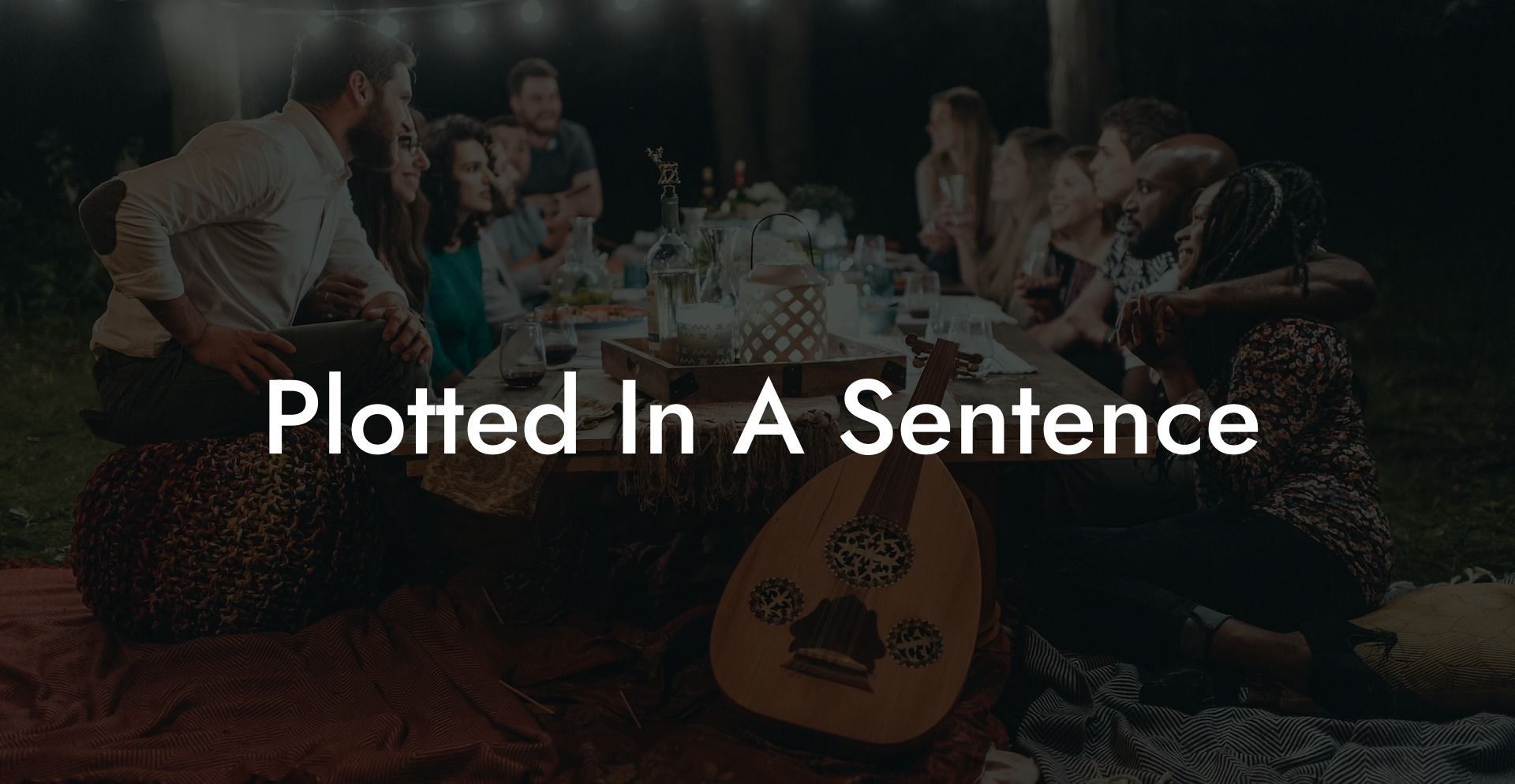Monogamy, non-monogamy, and polyamory can often be a confusing and complex landscape for those who are new to it or even for those trying to navigate through the various terms, structures, and experiences. In this article, we break down the essentials in an easy-to-understand format, providing a comprehensive guide to these different relationship dynamics.
Plotted In A Sentence Table of Contents
Understanding Monogamy
Monogamy is a relationship structure involving two individuals who are committed to each other exclusively. This is the most common and traditional form of romantic relationship, generally characterized by emotional and sexual exclusivity. Some important aspects of monogamy to consider are:
- Establishing clear communication, boundaries, and trust between partners
- Maintaining emotional and sexual intimacy
- Working together as a team to resolve conflicts and navigate life challenges
Exploring Non-Monogamy
Non-monogamy encompasses a variety of relationship structures that allow for romantic or sexual connections with more than one partner. This can include open relationships, swinging, and polyamory, among others. Key aspects of non-monogamous relationships include:
- Honest and open communication about desires, boundaries, and expectations
- Creating a strong foundation of trust, consent, and mutual respect
- Finding balance between personal and relational needs and desires
Diving into Polyamory
Polyamory is a form of ethical non-monogamy that involves engaging in multiple romantic relationships at the same time, with the knowledge and consent of all involved parties. There are various structures that polyamory can take, such as hierarchical (primary, secondary, etc.), egalitarian, solo, and more. Here are some common elements of polyamorous relationships:
- Implementing clear communication and boundary-setting
- Practicing informed consent and mutual respect
- Developing time management strategies to maintain balance between multiple partners
- Continually engaging in personal growth and self-awareness to navigate the complexities of multiple relationships
Challenges and Benefits of Each Relationship Style
All relationship structures come with their own set of benefits and challenges. Monogamous relationships can provide a sense of stability, commitment, and deep emotional connection, while potentially struggling with issues of jealousy or dependency. Non-monogamous relationships can offer increased freedom, exploration, and personal growth, but may require more complex communication and boundary negotiation. Polyamorous relationships can foster growth, support networks, and diverse connections but may also necessitate substantial self-awareness and time management skills.
Plotted In A Sentence Example:
Sarah and John have been in a monogamous relationship for five years. They have built a strong foundation of trust, communication, and commitment to one another. Recently, Sarah has been curious about exploring non-monogamous experiences. Together, they navigate this new terrain by setting boundaries, discussing expectations, and maintaining their emotional connection.
After reflecting on their desires and considering their options, Sarah and John decide to explore polyamory. They both begin seeing other partners with the knowledge and consent of all involved parties, taking care to maintain communication and respect in all relationships.
With the support of their new partners, Sarah and John find that their own connection has deepened, and they also enjoy the growth and fulfilment of their additional relationships.
No matter what your relationship structure preference, The Monogamy Experiment's comprehensive guide can help you better understand the landscape and offer insights to help you on your journey. Be sure to share this post and explore other guides on our site to continue expanding your knowledge on monogamy, non-monogamy, and polyamory.













